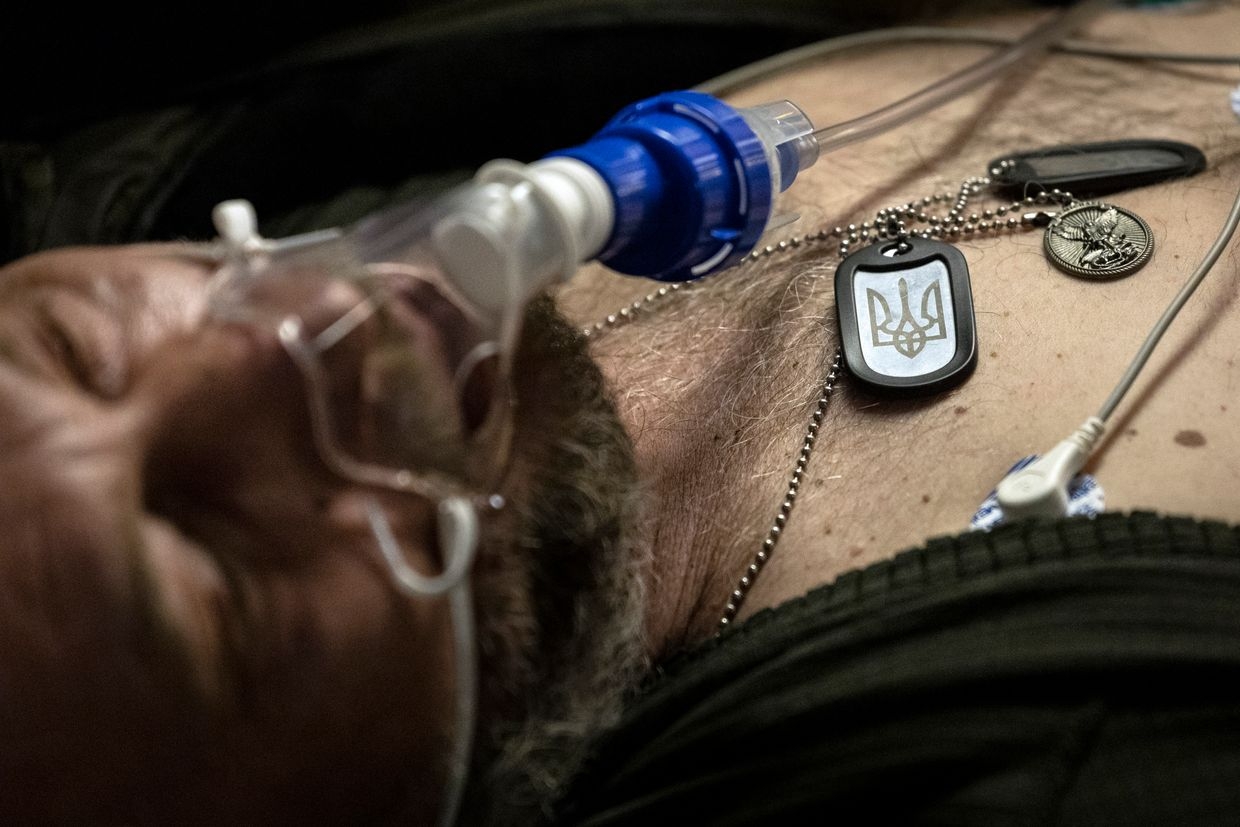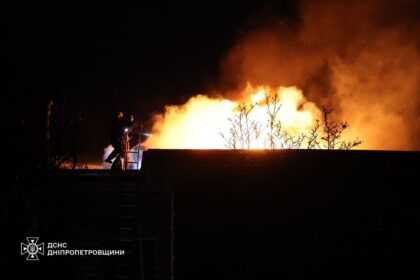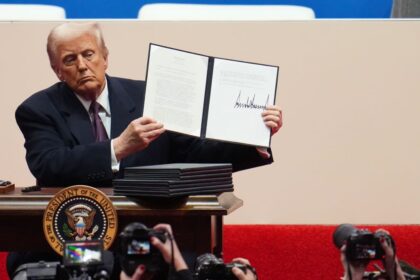The article discusses the tryzub, a symbol that has played a significant role in Ukrainian history and culture. It explains how the tryzub was used as a national emblem during the Ukrainian People’s Republic (1917-1921), was banned by the Soviet Union, and later became an important symbol of Ukrainian identity and resistance.
The article highlights the significance of the tryzub in various contexts:
* During the Holodomor, a man-made famine in Ukraine that killed millions, the tryzub was forbidden and labeled a nationalist threat.
* The tryzub was used by the Organization of Ukrainian Nationalists (OUN) and the Ukrainian Insurgent Army (UIA) during World War II to fight for an independent Ukrainian state.
* In 1992, the Verkhovna Rada, Ukraine’s parliament, approved the tryzub as the Small State Emblem of Ukraine.
The article also explores the possible meanings of the tryzub:
* Some theories suggest it is a mystical sign of protection or a symbol of dominion over the three realms: heaven, earth, and the underworld.
* Others interpret it as resembling a Scythian scepter, a bow with arrows, an anchor, a crown, or a stalk of rye.
* A Christian interpretation sees it as a stylized dove — a symbol of the Holy Spirit.
* Some popular culture theories link it to a falcon diving downwards, which may stem from ancient Slavic pagan mythology.
The official color scheme of the tryzub is a golden trident on a blue field, which aligns with Ukraine’s national colors. The modern design of the tryzub is based on a 1918 version by artist Vasyl Krychevskyi, created for the Ukrainian People’s Republic.












